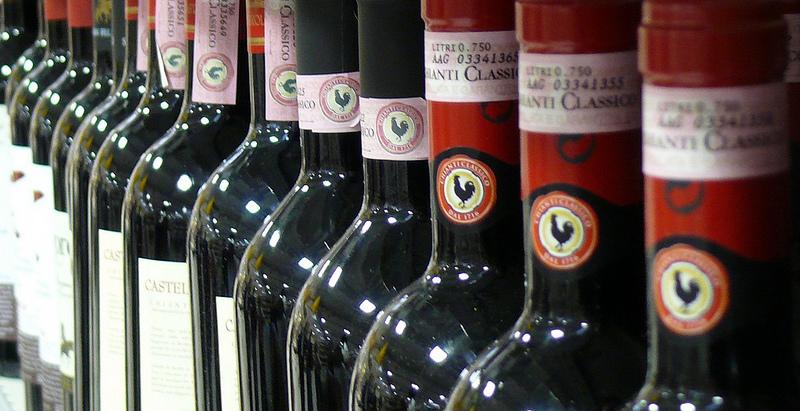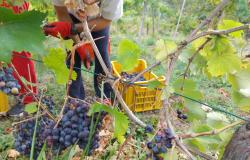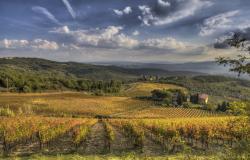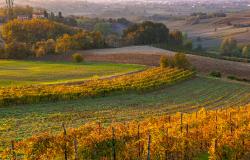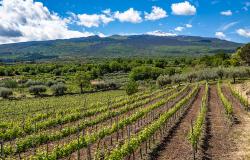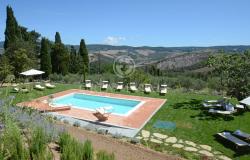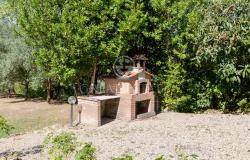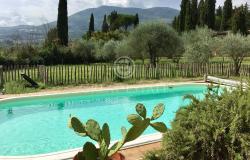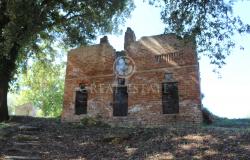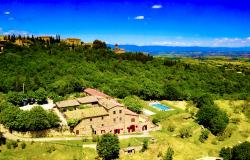Last week, I was researching Chianti wines and delving into the finer details of the distinctions between “plain” Chianti wine and Chianti Classico for an upcoming column of Vini Vino Vinum. There are two key pieces of information that immediately pop out. Firstly, Chianti Classico is, of course, where all the fuss is. Only a restricted area within the wider Chianti region can be the source of the Sangiovese grape for Chianti Classico and only certain wine makers within that restricted area are allowed to call their Chianti, Chianti Classico. Secondly, the way to spot those bottles is by the black rooster on the logo.
That last item intrigued me though. Why of all the possible logos a black rooster? What on earth does a rooster have to do with Chianti wine? The explanation I uncovered, although rather unlikely to be an accurate account of history, is so much fun that I thought it was worth sharing.
For starters, the black rooster is actually the symbol of the entire Chianti area and has been so for many hundreds of years. There are no clear records on the exact origin of this symbol but the legend passed from generation to generation is as follows:
In Medieval times, Florence and Siena went through many bloody battles over who should rule the hills of Chianti. In fact, so much blood was shed that they finally decided to settle this once and for all, so they came up with a rather unique way of doing it. They decided that two horsemen should depart at the same time from Siena and Florence and travel towards each other. Where the horsemen met the borders would be drawn. Since they couldn’t quite synchronise watches at the time, they decided that the crow of a rooster would define the departure time in each city.
The Sienesi chose a white rooster and fed him well the night before, hoping that a well-fed rooster would crow with more determination and strength. The Florentines, instead, chose a black rooster and kept the poor bird hungry - hoping that a hungry rooster would get up and crow earlier. Indeed, the Florentines were right. Their rooster was up well before dawn crowing desperately in demand of food and their horseman started riding much before Siena's horseman.
The Florentine horseman made it to almost 12 kilometres outside the Siena walls before he was met by his counterpart. This claimed, practically, all of Chianti for Florence and established the black rooster as symbol of Chianti up to this day!
Salute!
Image credits - http://www.flickr.com/photos/tuscanycious/
